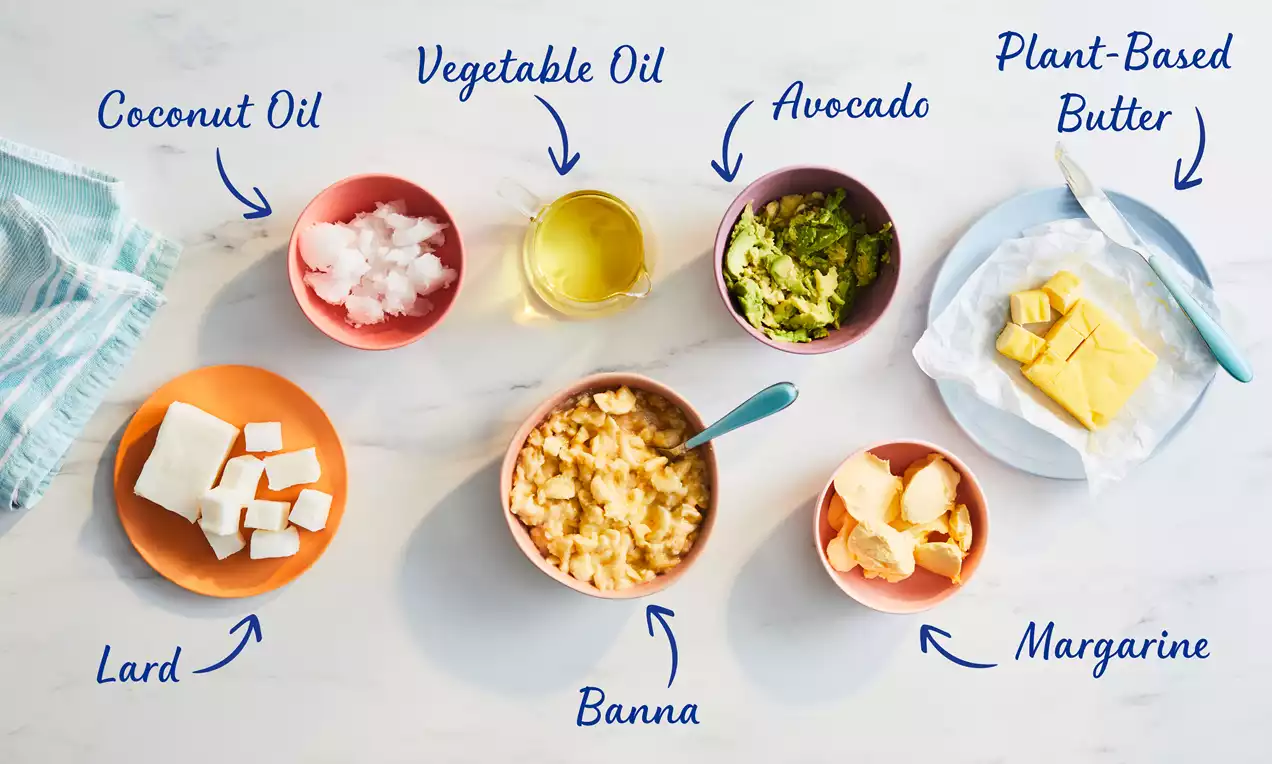
Butter Substitutes in Baking
Running low on butter or looking for dairy-free alternatives? Don't worry! Explore a variety of butter substitutes that can save your baking day. From plant-based options to pantry staples, find the perfect swap for your recipe.
Butter is a solid fat made up of roughly 80% fat and 20% water and milk solids. It not only infuses bakes with a delightful taste, but also contributes moisture too. It prevents ingredients from clumping together, aids in the rising process, and ensures a soft texture.
There are several alternatives that can be used in place of butter, ranging from margarine and oils to mashed bananas and even avocados. Each brings its own unique twist to the baking table. For instance, using oil instead of butter gives you super moist cakes, while mashed banana is a fantastic trick for making your muffins light and fluffy without all the fat. Avocado, believe it or not, can be a game-changer for chocolate cakes, adding a rich, creamy texture plus a bunch of healthy fats.
In this guide, we’ll look at the different substitutes and their uses as well as some top tips for substituting butter.
There are many different reasons why you might choose to substitute butter:
You don’t have any butter at home You want to explore new textures You want to add different flavours You’re looking for certain health benefits of using substitutes Substitutes also come in handy for anyone with dietary restrictions or allergies, making baking a more inclusive fun fest. So next time you're in the baking aisle, think outside the butter box and give these alternatives a whirl.
Let’s look at some of the common butter substitutes in a bit more detail.
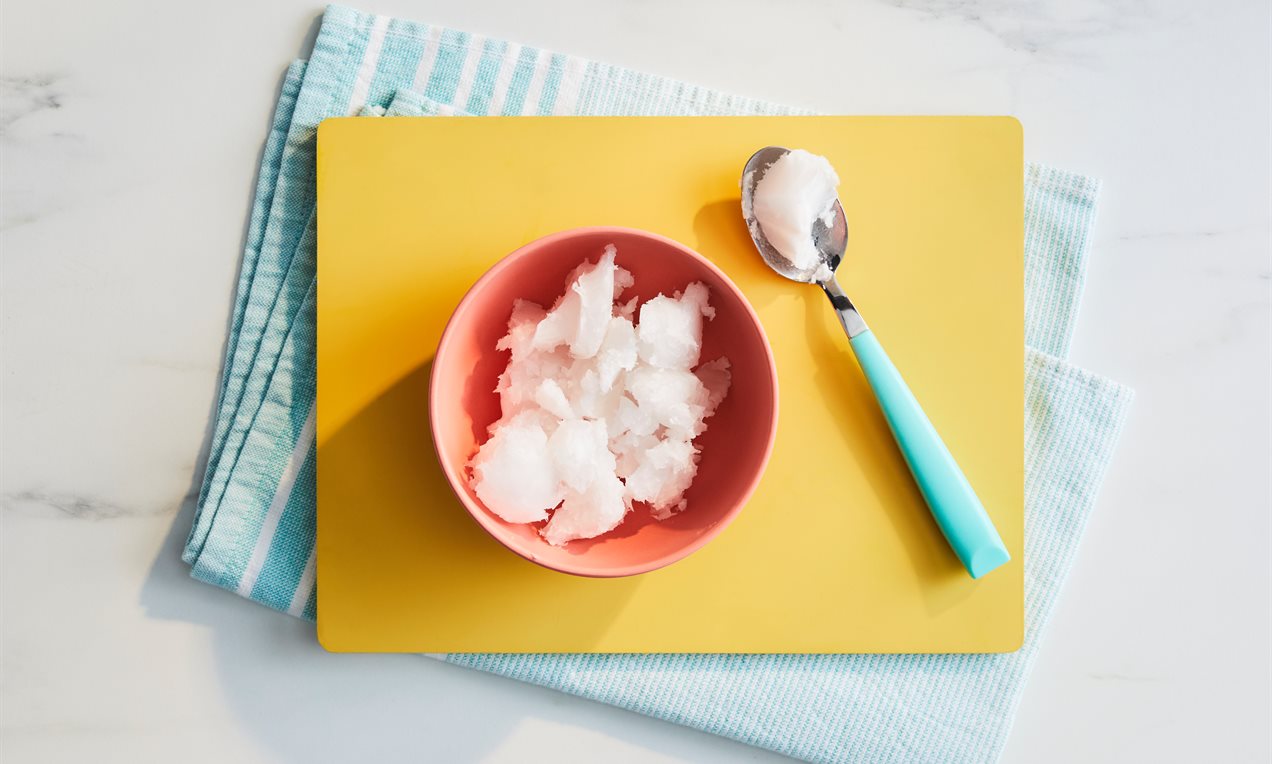
Coconut oil can be used in place of butter on a 1:1 ratio. This versatile oil – which exists as both a solid and a liquid – may add a coconut flavour to your dishes, making it an ideal match for chocolate creations or recipes with a tropical twist. It's great for a wide range of baked treats and can help give your cookies a crispy texture. Using refined coconut oil can reduce the coconut taste if preferred. Coconut oil would make the perfect substitute in our Vegan Scones and Double Chocolate Chip Muffins.
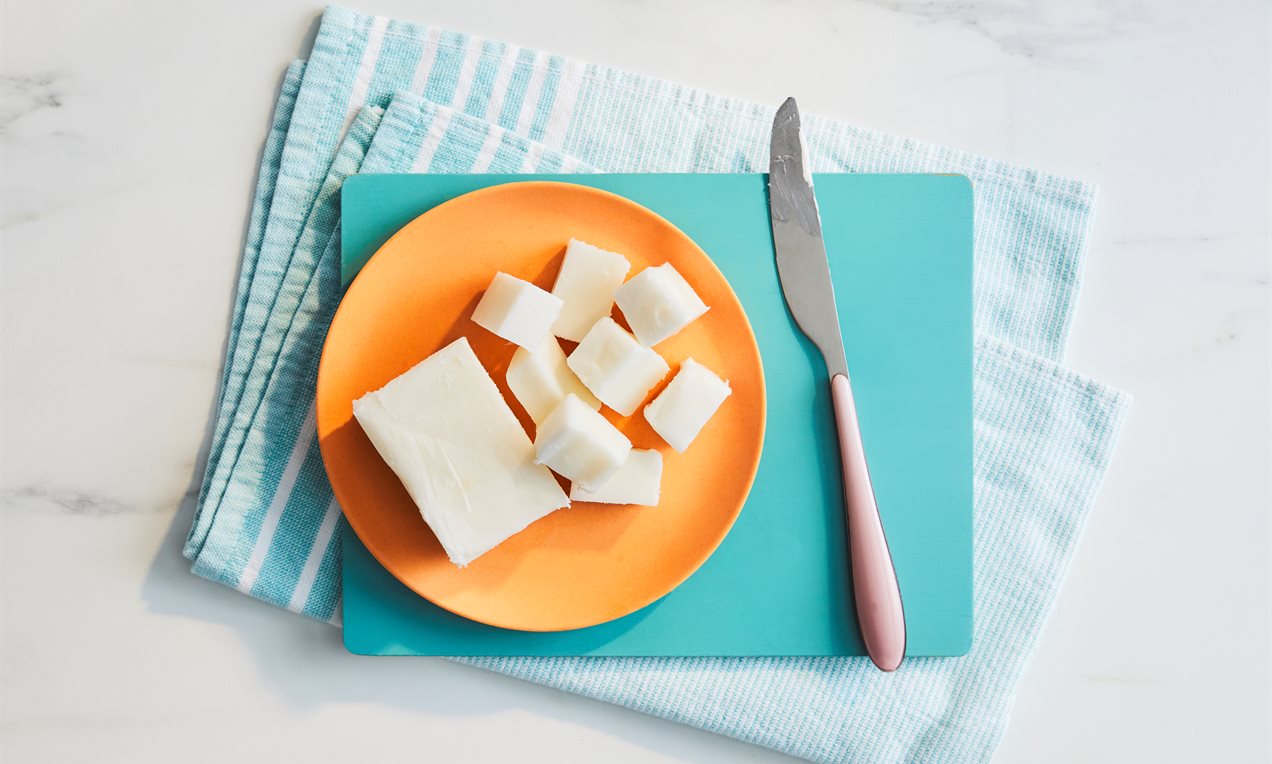
Shortening, which is made from hydrogenated vegetable oils, is 100% fat and has a neutral taste that lets the flavours of other ingredients stand out. It can replace butter on a 1:1 basis, similar to margarine. When shortening is incorporated into dry ingredients by cutting it in, it doesn't blend completely, leading to a marbled effect in the dough. This technique is particularly good when you want a light and flaky pastry. To try it out, check out our guide on How to Make Shortcrust Pastry. Shortening is also ideal for creating firm icing.
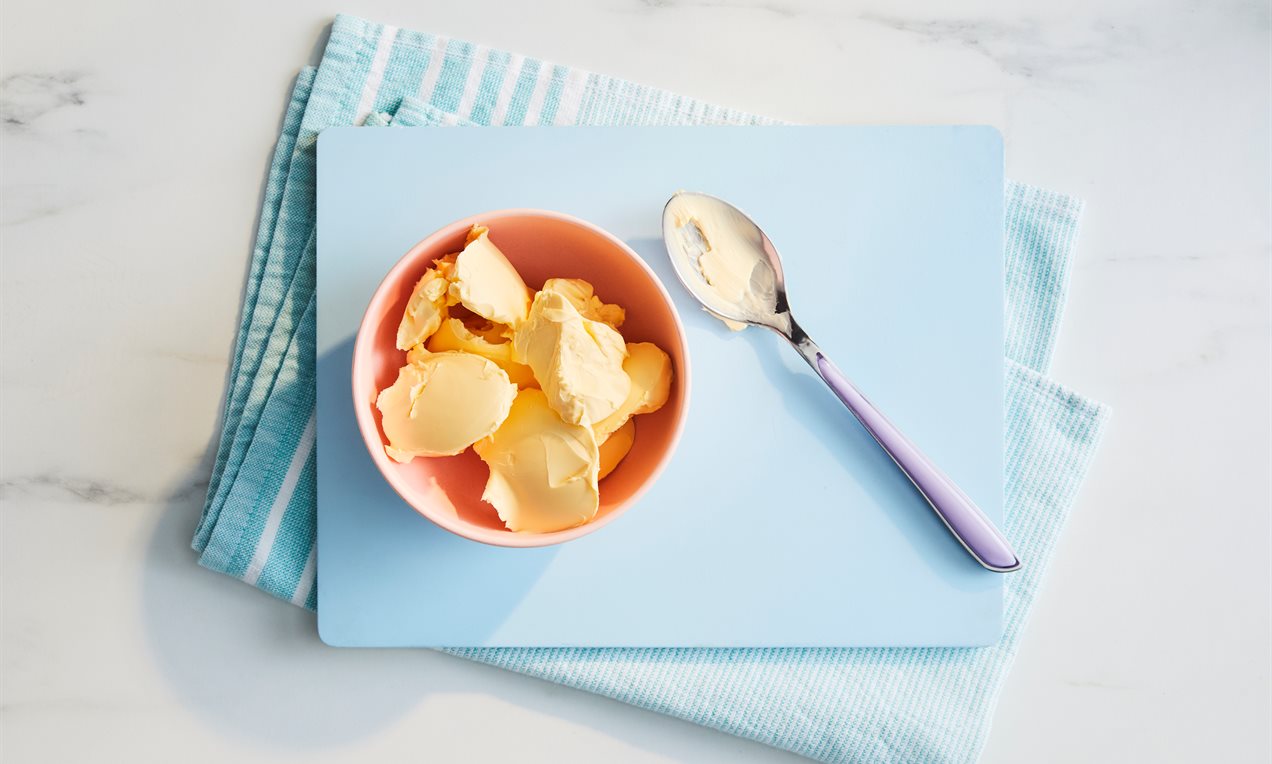
Margarine is made mostly from vegetable oil and designed to mimic the taste of butter, and it’s a good alternative for butter in baking. Its higher water content can lead to a softer texture in baked items, and it can be directly swapped for butter in a 1:1 ratio. Due to its highly processed nature, it's advisable to use margarine in moderation. Try using it as a vegan alternative in our Vegan Chocolate Cake or Biscoff Cupcakes.
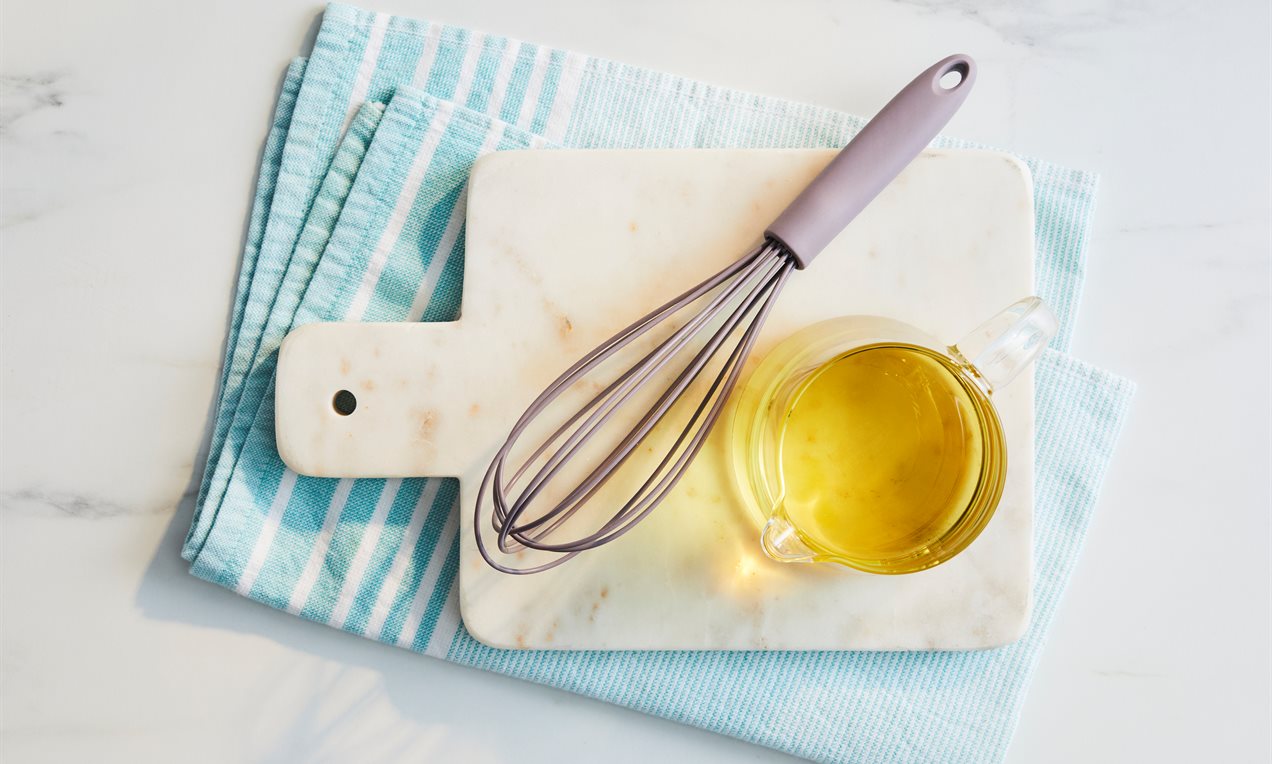
Vegetable oil can be used in place of butter in many recipes. It helps add to the moisture and tenderness of bakes, and its neutral taste means it doesn’t add any flavour. When substituting for butter, it's often necessary to reduce the quantity of oil to avoid adding too much liquid. Typically use ¾ cup of oil for each cup of butter required. But if a recipe specifies using melted butter, you can directly substitute oil on a 1:1 basis. Vegetable oil is not an ideal substitute for recipes that need solid fat, such as buttercream. Try using vegetable oil in our Vegan Coffee Cake or Victoria Sponge Cake, and you won’t be disappointed.
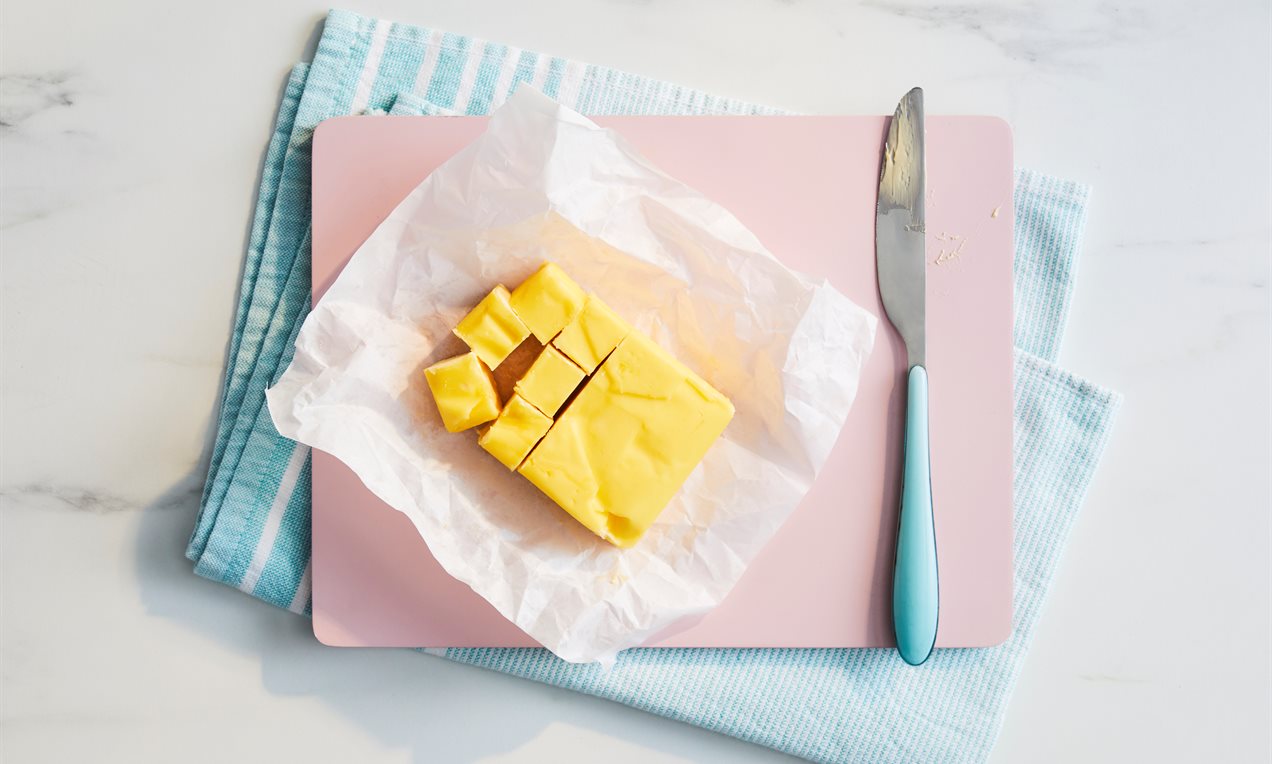
While vegan butters may have a different taste compared to traditional butter, they can be substituted at a 1:1 ratio for baking. You’ll get desserts and frostings similar in texture to those made with dairy butter. These plant-based alternatives are also fantastic spread on bread and rolls. Try out vegan butter as a substitute in our Multi-Texture Lemon Cupcakes.
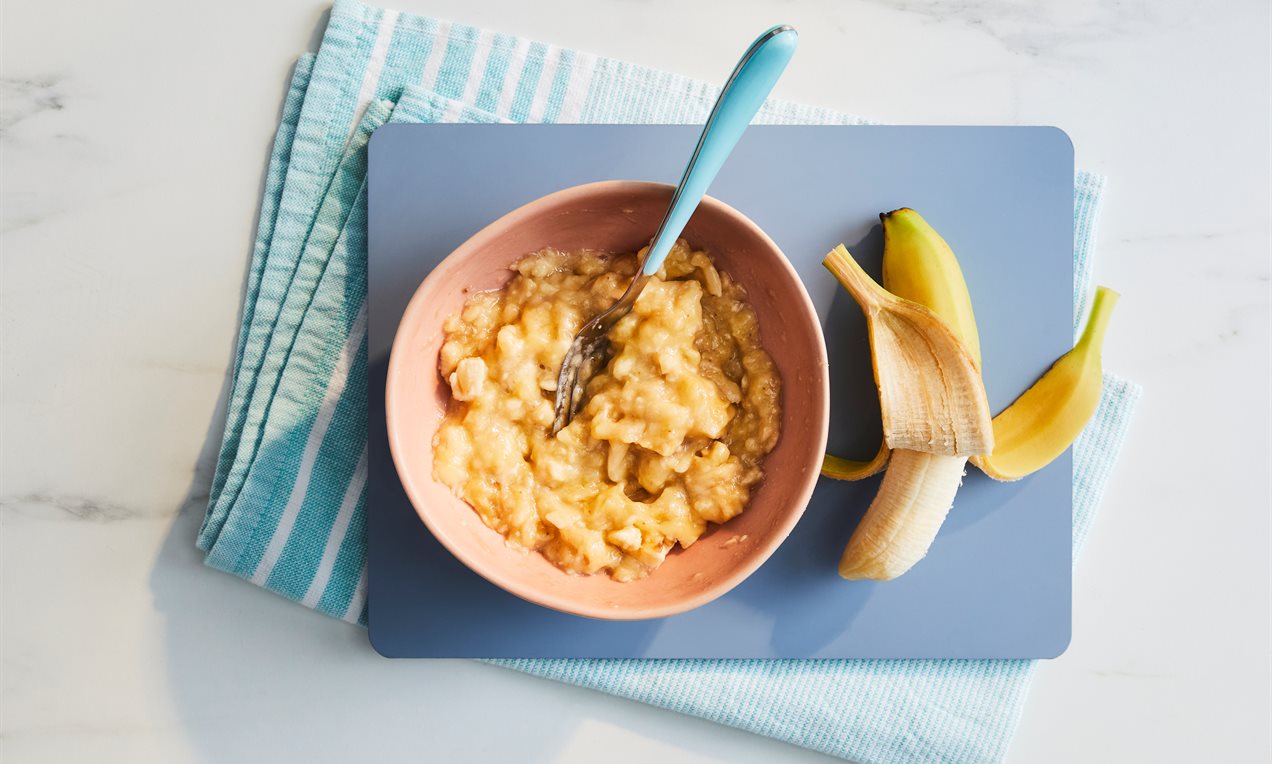
Ripe, mashed bananas add a creamy, fruity flavour to dense baked treats. Use the same amount of mashed bananas as you would butter in recipes for cakes, muffins, breads and certain cookies to achieve a moist texture and natural sweetness. If you’re looking for that mouth-watering, moist recipe then bananas would make an excellent substitute in both our Vegan Banoffee Cupcakes and Cookies and Cream Cake recipes.
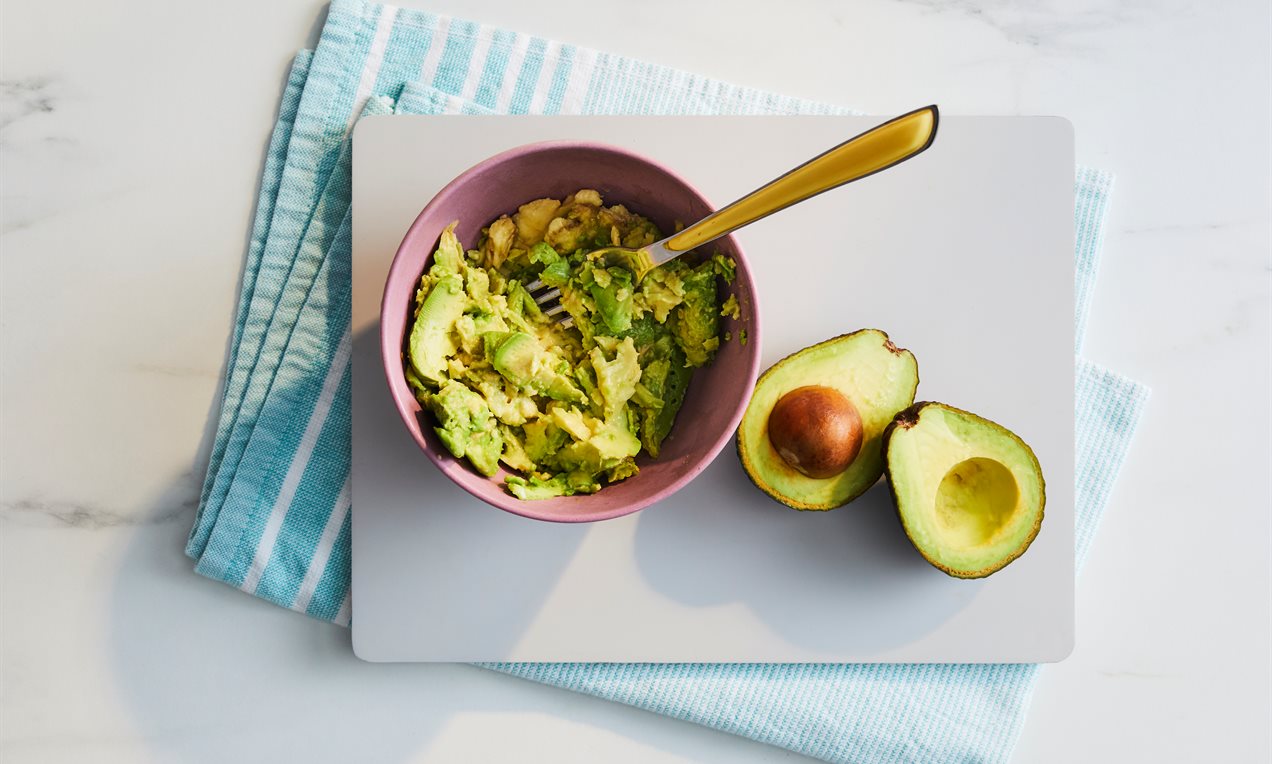
Swapping avocados for butter is like giving your home bakes a healthy twist without skimping on the creamy texture. Think of avocados as your green, nutrient-packed buddies ready to step in for butter. They work especially well in recipes where their subtle taste won't overpower – like brownies or chocolate cake – and where they can add moisture and richness. Use a 1:1 ratio to replace butter with avocado. If your recipe asks for a cup of butter, just mash enough avocado to fill a cup. Avocados don’t melt in the same way butter does and so work well for recipes where the finished bake might be a bit denser. Plus, you get the bonus of their good fats. Next time you’re thinking of whipping up some delectable delights, why not try our Avocado Brownies recipe or our extra moist Billionaires Banana Bread.
Coconut Oil- 1:1 swap
Margarine- 1:1 swap
Shortening 1:1 swap
Vegetable Oil- 1:1 swap
Mashed Banana- 1:1 swap
Avacado-1:1 swap
All these swaps are vegan. However do check margarine as some contain milk, so check the ingredients.
Exploring butter substitutes can be like unlocking a secret level in your baking game! Each substitute brings its own unique flair to the party. For instance, swapping in vegetable oil for butter in cake recipes can turn your cakes into moist marvels – it's like giving your cake a hydration boost. Then there's the mighty avocado, perfect for brownies, lending them a creamy texture plus a dose of healthy fats. Banana is ideal for cutting down fat without losing moisture, especially in muffins and quick breads.
But it’s important to understand that some recipes won’t work with certain substitutes – using oil in pastry might leave you in a crumbly mess. Here are some top tips to help when substituting butter:
1. Understand the role of butter in your recipe: Butter isn’t just for flavour, it affects texture, moisture and structure.
2. Choose the right substitute for the job: For cakes and muffins, oil is best. For adding tenderness to sweet breads, mashed bananas are ideal. Avocado adds creaminess and good fats to brownies
3. Pay attention to flavour: Some substitutes like coconut oil can add distinct flavours. Make sure to match these with complementary flavours.
4. Modify the amount: Make sure you check the exact ratio when substituting.
5. Think about texture: Substitutes can change the texture of bakes – cookies made with oil might not be as crispy. Make sure to adjust baking times or temperature if necessary too.
"There you have it. It’s pretty straightforward to substitute butter in so many recipes, so why not give it a try? To learn about more baking hacks, have a look at our other helpful hints and tips such as substituting eggs and how to soften butter. And check out our Baking Powder, Bicarbonate of Soda and Cream of Tartar to take your bakes to the next level!"
There you have it. It’s pretty straightforward to substitute butter in so many recipes, so why not give it a try? To learn about more baking hacks, have a look at our other helpful hints and tips such as Substituting Egg and How to Soften Butter